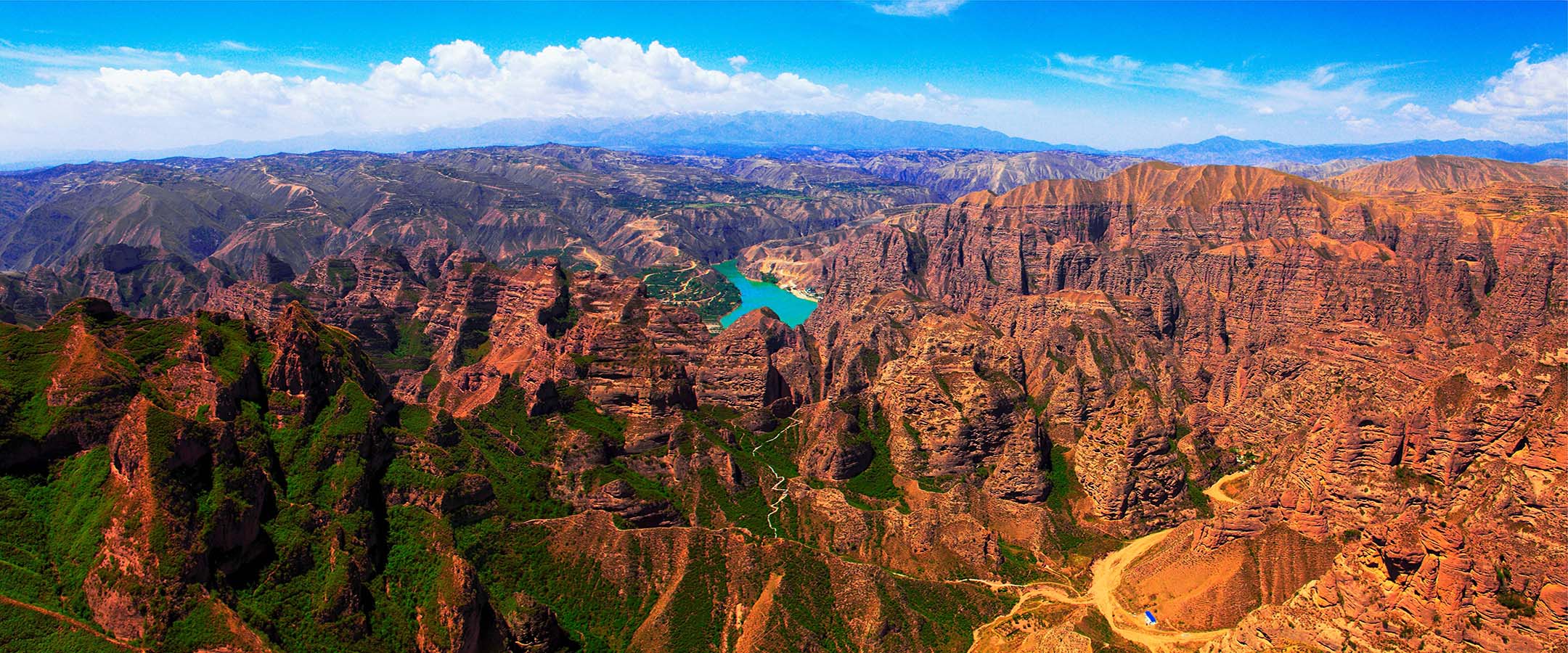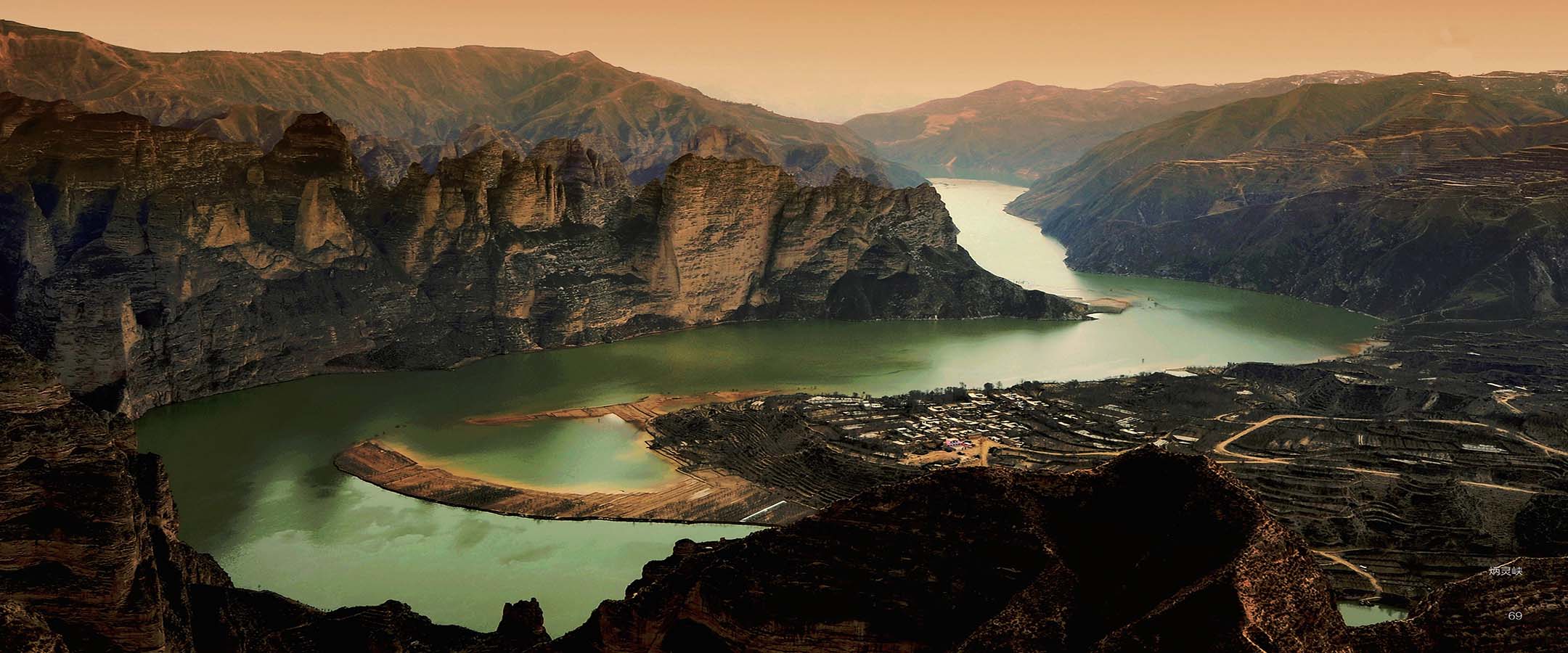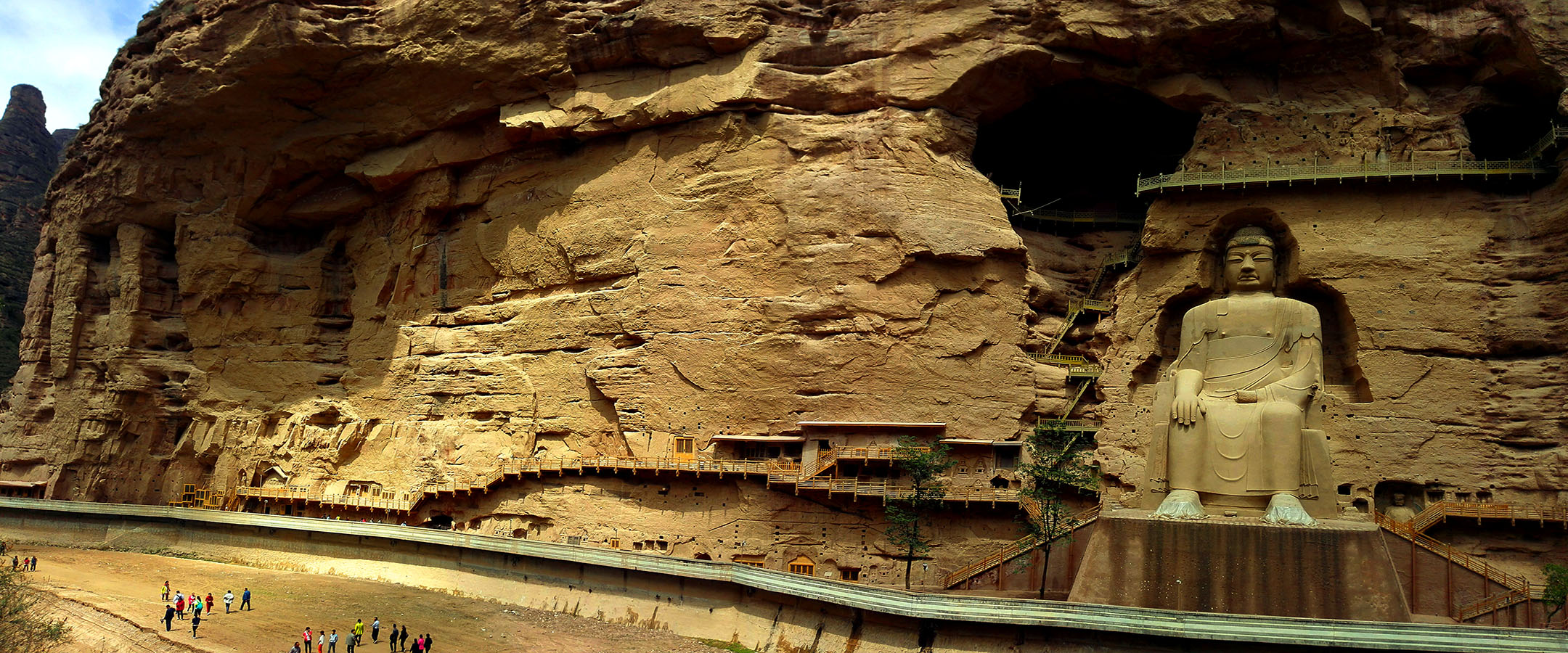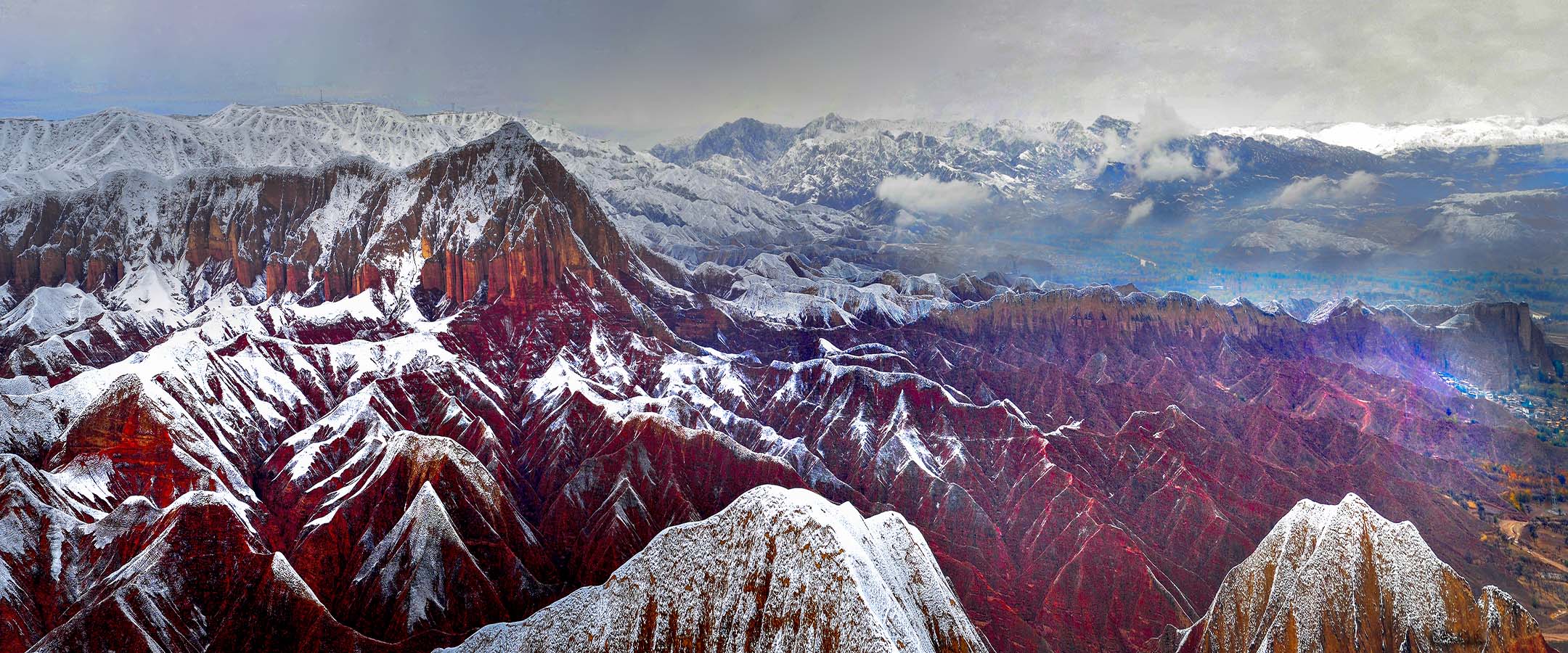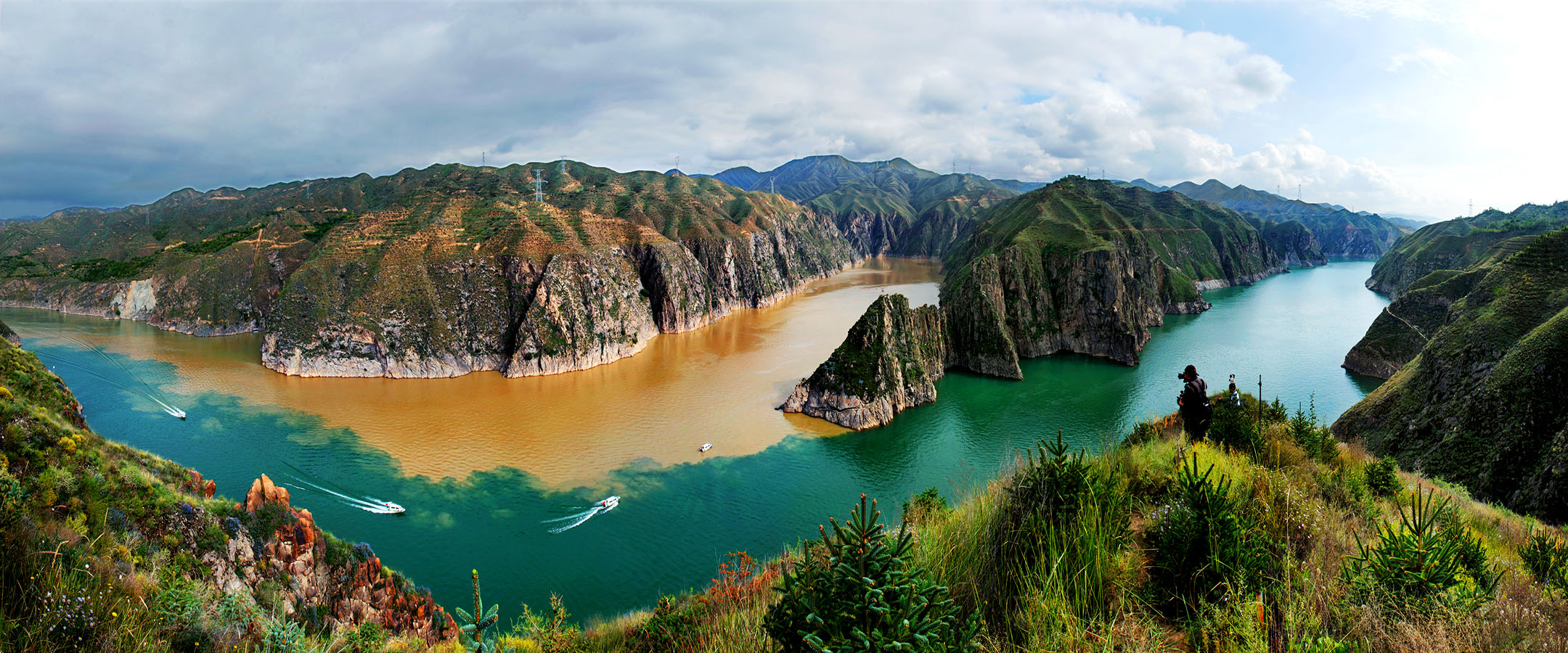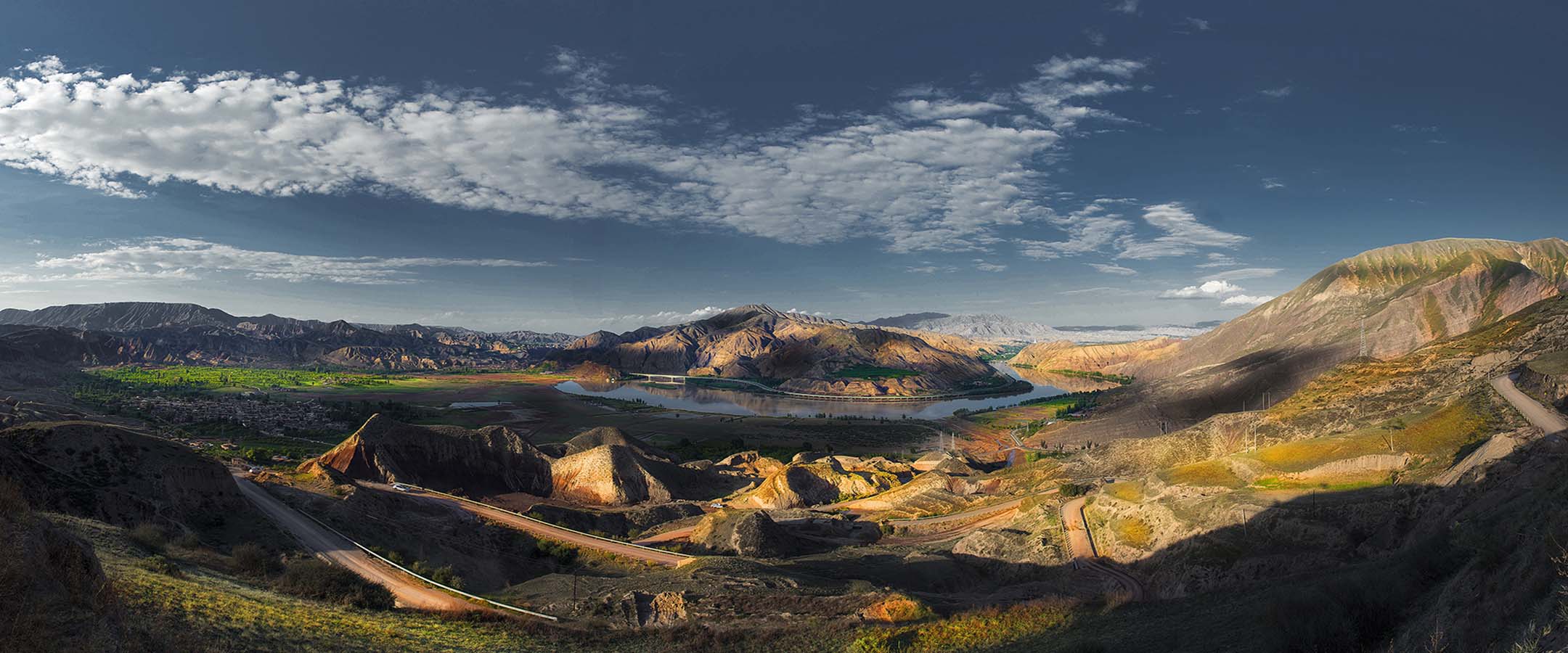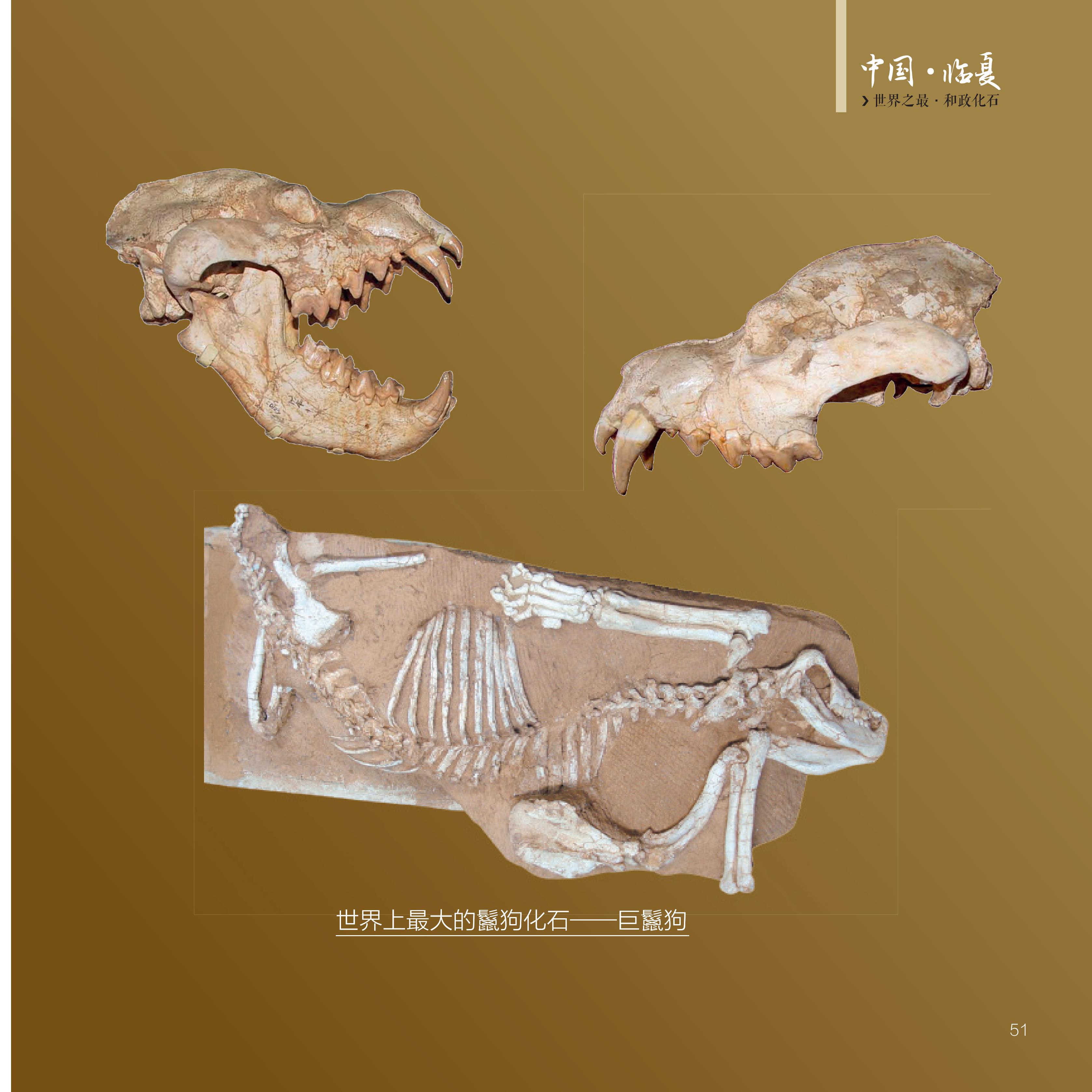
化石是存留在岩石中的古生物遗体、遗物或遗迹,最常见的是骨头与贝壳等。化石,古代生物的遗体、遗物或遗迹埋藏在地下变成的跟石头一样的东西。研究化石可以了解生物的演化并能帮助确定地层的年代。保存在地壳的岩石中的古动物或古植物的遗体或表明有遗体存在的证据都谓之化石。从古时候到现在都有化石出现。简单地说,化石就是生活在遥远的过去的生物的遗体或遗迹变成的石头。在漫长的地质年代里,地球上曾经生活过无数的生物,这些生物死亡之后的遗体或是生活时遗留下来的痕迹,许多都被当时的泥沙掩埋起来。在随后的岁月中,这些生物遗体中的有机质分解殆尽,坚硬的部分如外壳、骨骼、枝叶等与包围在周围的沉积物一起经过石化变成了石头,但是它们原来的形态、结构(甚至一些细微的内部构造)依然保留着;同样,那些生物生活时留下的痕迹也可以这样保留下来。我们把这些石化了的生物遗体、遗迹就称为化石。从化石中可以看到古代动物、植物的样子,从而可以推断出古代动物、植物的生活情况和生活环境,可以推断出埋藏化石的地层形成的年代和经历的变化,可以看到生物从古到今的变化等等。
Fossils are the preserved remains or traces of organisms (plants, animals, etc.) that lived in the distant past. The oldest fossils in the fossil record date from 3.5 billion years ago, however it wasn't until around 600 million years ago that complex, multi-cellular life was first preserved in the fossil record.
There are two main types of fossils; body and trace. Body fossils include the remains of organisms that were once living (bones, shells, teeth, eggs, etc.), while trace fossils are the signs that organisms were once present (footprints, tracks, burrow, coprolites). Trace fossils represent a data source that reflects animal behaviors, and they do not require the preservation of hard body parts. Many traces date from significantly earlier than the body fossils of the animals suspected to have made them.
Fossilization of an organism requires a unique set of circumstances so that it doesn’t just decay without a trace. These conditions include:
1. Rapid and permanent burial/entombment
2. Lack of oxygen that limits decay and scavenging.
3. Continued sediment accumulation
4. The absence of heat or compression which might destroy the fossil

